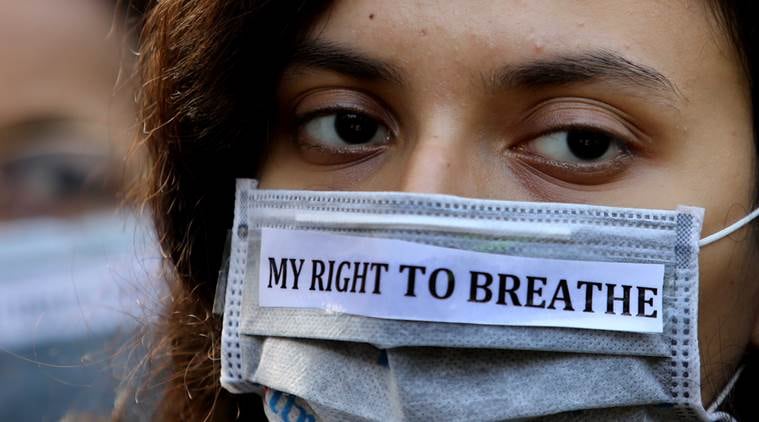Written by Michael Greenstone |Updated: January 30, 2019 8:03:00 am
Indians could live up to three years more if there’s a 25% reduction in air pollution
India has set itself a challenging task by launching the National Clear Air Programme in its 'war against pollution'. The history of other countries, however, suggests that it can be done.

Earlier this month, India’s Environment Minister Harsh Vardhan declared a “war against pollution” and launched the National Clean Air Programme (NCAP). The payoffs from the successful implementation of NCAP could be substantial—my research suggests that the average person in India could be expected to live 1.3 years longer, and people in the most polluted areas, like Delhi, would live almost three years longer. For this reason alone, NCAP has the potential to become a historic and watershed moment in Indian environmental policy.
NCAP calls for a 20 to 30 per cent reduction in particulate pollution over the next five years. Reaching this goal will require a mix of pollution reduction schemes, increased monitoring, tightened enforcement, financial resources, and political will. This is no small task. That’s why it helps to remind ourselves why this is so critical. What would breathing cleaner air mean for the health and life expectancy of India’s people?
I’ve been working to answer that question for two decades and the results are dramatic. Our report titled – India’s ‘War Against Pollution’: An Opportunity for Longer Lives, released today finds that a 25 per cent reduction in particulate pollution in India (the midpoint of the NCAP’s goal) would yield vast improvements in life expectancy—as much as three years in the most polluted areas. That’s according to the Air Quality Life Index (AQLI), which I created along with my colleagues at the Energy Policy Institute at the University of Chicago.
The AQLI is based on a pair of peer-reviewed studies in which my co-authors and I exploited a unique natural experiment in China. By comparing a set of the population that was exposed to prolonged exposure of high levels of pollution to those who were not, we were able to isolate the effect of air pollution from other factors that affect health, and to do so at the very high concentrations that prevail in China, India, and other countries today.
We then combined the results from these studies with hyper-localized, global particulate matter measurements, allowing users to zoom in on any district in the world and understand the impacts of that district’s local air pollution on life expectancy. This improves upon the existing AQI (Air Quality Index), which translates air pollution concentrations into colors without shedding light on what those colors mean for people’s wellbeing.
The AQLI’s insights make clear that air pollution is the greatest threat to human health on the planet, but the benefits of successful regulations are enormous. The average Indian could live 1.3 years longer if NCAP’s targets are met, according to our new AQLI report. This translates into 1.7 billion life-years saved for India’s 1.3 billion people. The gain for people who are breathing India’s most polluted air would be even larger. In Delhi, people would live 2.8 years longer. Those in Kanpur would live 2.4 years longer. And, in Kolkata, people would live 1.1 years longer.
Can India do it?





































No hay comentarios:
Publicar un comentario